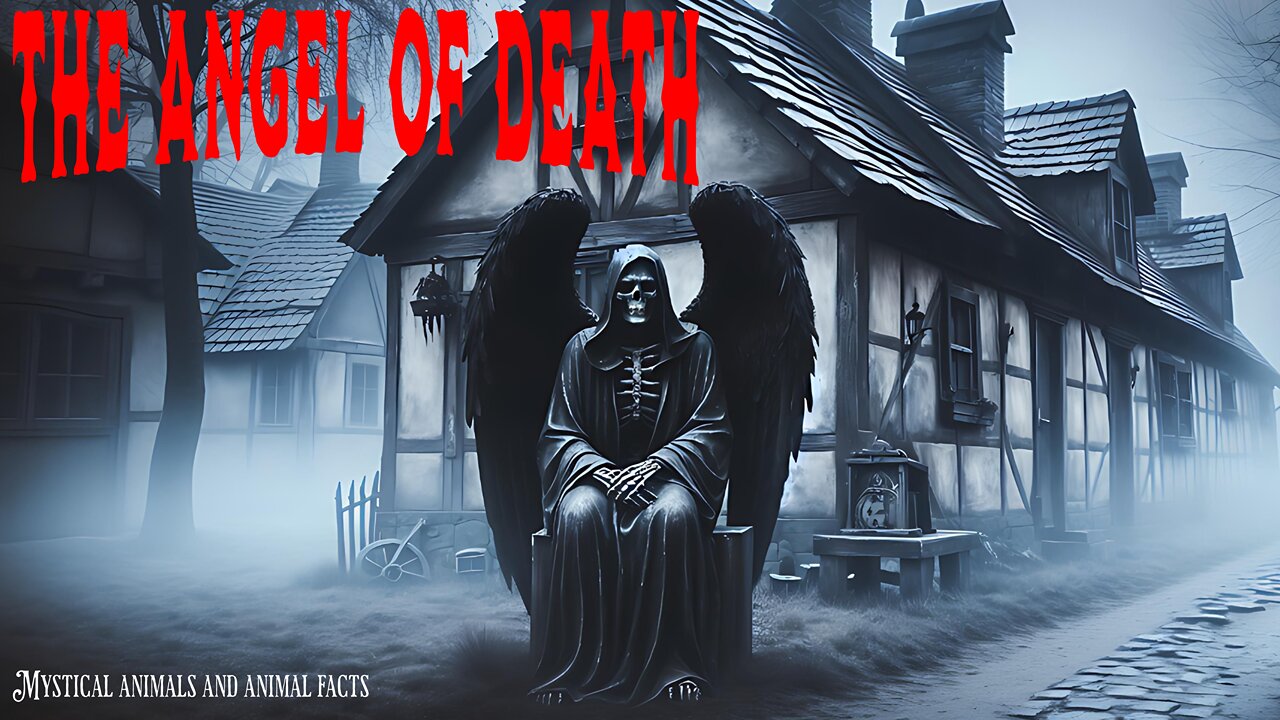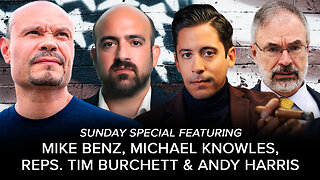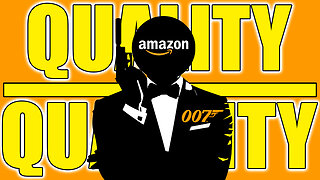Premium Only Content

The Angel of Death - Between myth and humanity - mini documentary
The idea of an angel of death has always fascinated mankind. This mysterious figure, who stands between life and death, can be found in numerous cultures and religions - sometimes as a terrifying messenger, sometimes as a comforting companion.
In the Christian tradition, the angel of death is often associated with Azrael, although the Bible does not mention him by name. In the Old Testament, a ‘destroyer’ appears during the tenth plague in Egypt, striking the first-born. In Jewish tradition, the Angel of Death appears as a stern but divinely appointed servant. Islam clarifies this figure: as the angel of death, Azrael detaches the soul from the body and transfers it to the afterlife - an act of respect, not terror.
But it is not only Abrahamic religions that recognise the angel of death. Greek mythology honours Thanatos, the peaceful twin of Hypnos, the god of sleep. In Hinduism, Yamaraj, ruler of the dead, watches over the karma of the deceased. This versatility shows how universal the need to personify death is - be it as judge, protector or mediator.
Medieval depictions often show the angel of death as a gloomy skeleton with a scythe, symbolising the equality of all before death. In the Renaissance, he takes on human features.
The angel of death reflects our ambivalent attitude towards dying. On the one hand, he embodies the fear of the unknown; on the other, he helps us to organise the inevitable. In times of crisis, it serves as a metaphor for guilt or fate - for example, when epidemics or wars are labelled as ‘angels of death’. At the same time, history misused the term: Josef Mengele, the concentration camp doctor, became the ‘angel of death’ due to his cruelty - a dark perversion of the myth.
The Angel of Death remains a fascinating paradox: he is both terrifying and comforting, myth and metaphor. Whether as Azrael, Thanatos or a modern art figure - it reflects how we deal with transience. Perhaps his significance lies precisely in this ambivalence: he reminds us of the finite nature of life without taking away its dignity. In a world that often represses death, he reminds us that dying is part of being human - and thus also a call to respect life.
What do you think of the myth of the angel of death? I would really appreciate a like and a subscription.
I am constantly creating videos about mythical creatures and general facts about animals.
Shirts and more
Designs Redbubble
https://www.redbubble.com/people/ReneMM/shop?asc=u
Spreadshirt.at
https://www.spreadshirt.at/shop/user/renemm/?srEdit=pa#?affiliateId=1257693
Spreadshirt.com
https://www.spreadshirt.com/shop/user/renemm/?srEdit=pa#?affiliateId=11625
Shirtee.at
https://www.shirtee.com/de/catalogsearch/result/index/designer_id/112048/all_stores/
1/
Pictures
https://fineartamerica.com/profiles/rene-mitterlehner
-
 1:03:33
1:03:33
The Dan Bongino Show
17 hours agoSunday Special with Mike Benz, Michael Knowles, Rep. Tim Burchett and Rep. Andy Harris - 02/23/25
236K603 -
 1:36:21
1:36:21
Sarah Westall
3 hours agoViolence Erupting in the Panama Canal, Identifying Enemy Infiltration, Psyops Ongoing w/ Michael Yon
20K5 -
 1:56:25
1:56:25
Nerdrotic
6 hours ago $7.15 earnedThe Red Pyramid's Hidden Secrets | Forbidden Frontier #091
35.4K13 -
 2:08:53
2:08:53
vivafrei
15 hours agoEp. 252: Liberals DISQUALIFY Candidate from Race! DOGE Wins & Loses; Rumble Sues BRAZIL! & MORE!
114K200 -
 1:15:12
1:15:12
Josh Pate's College Football Show
5 hours ago $5.05 earnedCFB’s Top 12 Programs | TV Executives & Our Sport | USC Changes Coming | Early Championship Picks
34.6K2 -
 LIVE
LIVE
Vigilant News Network
9 hours agoUK Government BUSTED in Secret Plot to Extract Your Data | Media Blackout
1,324 watching -
 1:03:32
1:03:32
Winston Marshall
3 days ago"War On Children!" The DEMISE Of The West Starts With Schools - Katharine Birbalsingh
96.7K62 -
 48:02
48:02
Survive History
12 hours ago $3.43 earnedCould You Survive as a Sharpshooter in the Napoleonic Wars?
43.7K3 -
 12:03
12:03
Space Ice
13 hours agoSteven Seagal's China Salesman - Mike Tyson Knocks Him Out - Worst Movie Ever
31.4K15 -
 11:37
11:37
Degenerate Jay
12 hours ago $4.91 earnedJames Bond Needs Quality Over Quantity From Amazon
51.4K3